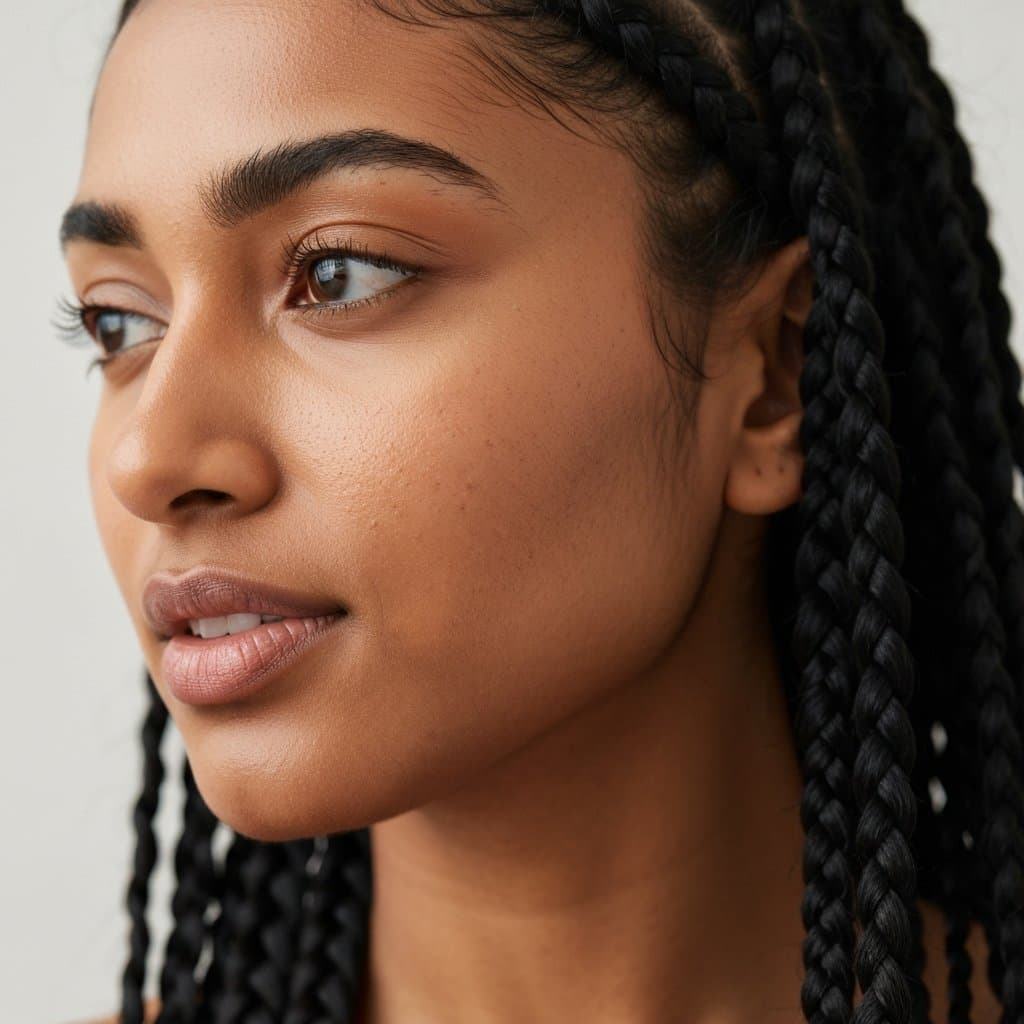The Braid Bible: Your Ultimate Guide to 20 Stunning Braided Hairstyles | From Classic to Trendsetting
The Enduring Allure of Braids: More Than Just a Hairstyle
Braids are a timeless art form, a cultural touchstone, and one of the most versatile hairstyles in existence. From the elegant simplicity of a classic French braid to the intricate, statement-making patterns of Fulani braids, these woven wonders offer something for every occasion, hair type, and personal style. This comprehensive guide to braided hairstyles is your bible for understanding, choosing, and maintaining the perfect braided look. Whether you're seeking a chic everyday style, a glamorous look for a special event, or a long-lasting protective option, you'll find inspiration and expert advice within these sections.
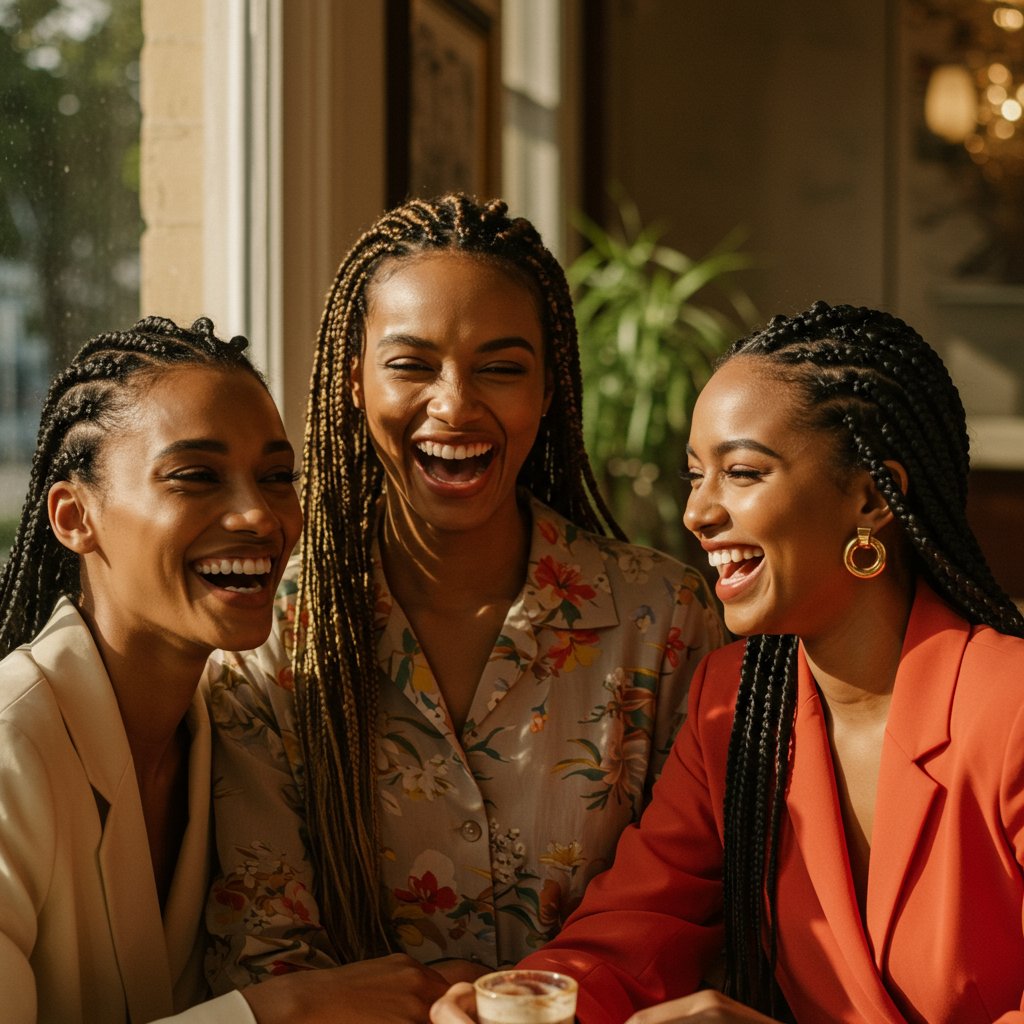
For centuries, braids have signified strength, community, and beauty across cultures worldwide. Today, they continue to dominate runways, red carpets, and daily life, constantly being reinvented while honoring their rich history. This guide will navigate you through 20 stunning options, breaking them down by category—from foundational classics to modern, edgy interpretations. Prepare to explore the techniques, discover the best styles for your hair goals, and learn the essential tips for keeping your braids looking flawless and your hair healthy underneath.
The Classics: Timeless Braids You Must Know
Before diving into more complex styles, it's essential to master the fundamentals. These classic braids are the building blocks for countless other intricate looks and are stunningly beautiful in their own right. Their timeless appeal makes them suitable for any setting, from a professional office to a casual weekend outing. Understanding the difference between these core techniques is the first step in your braiding journey.
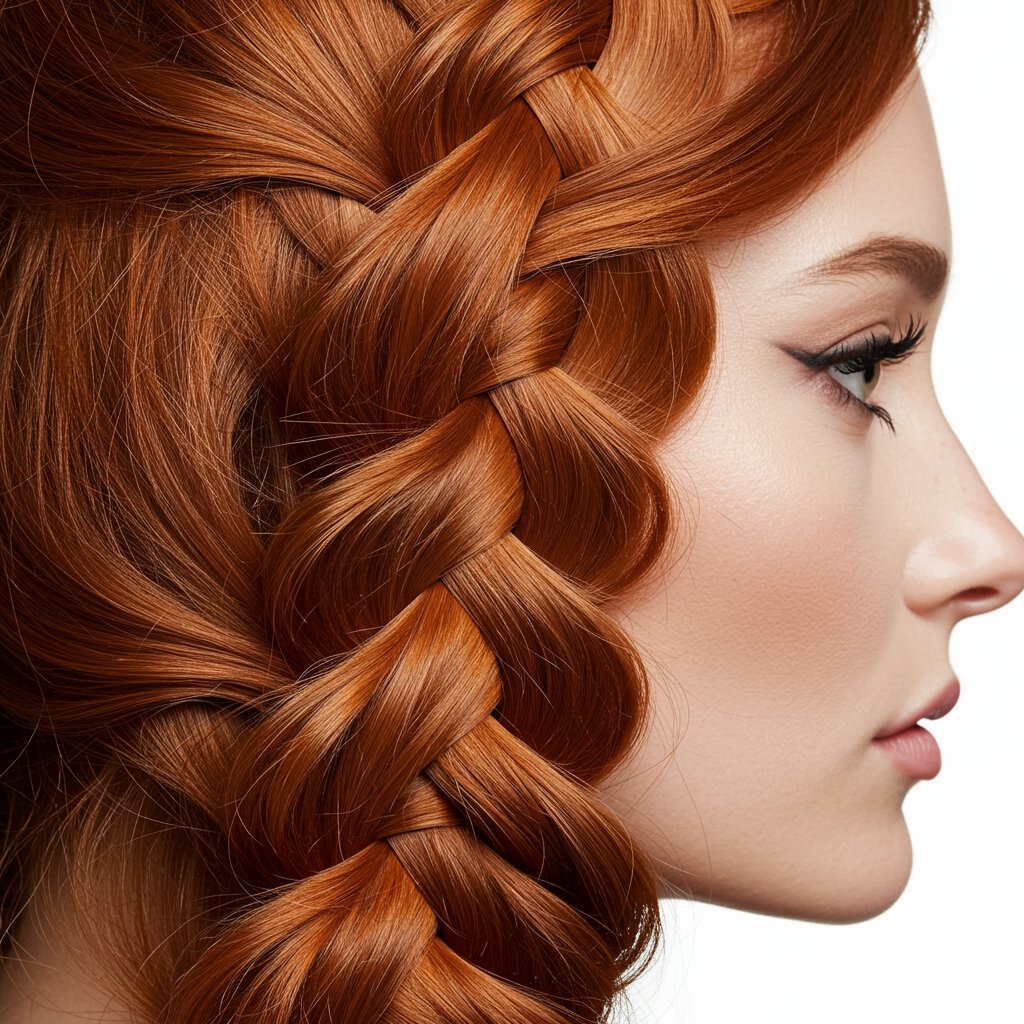
French Braid
The quintessential elegant braid, the French braid is created by gathering three sections of hair at the crown of the head and progressively adding new hair from the sides into each outer section as you braid downwards. The result is a smooth, seamless braid that sits flush against the scalp, creating a polished and sophisticated look. It’s incredibly versatile—a single French braid down the back is classic, while two (pigtails) offer a more youthful vibe.Dutch Braid (or 'Inside-Out' Braid)
Often mistaken for a French braid, the Dutch braid uses the same principle of adding hair from the sides. However, the key difference is the weaving technique: instead of crossing the outer strands over the middle strand, you cross them under. This simple change makes the braid pop out from the head, creating a prominent, 3D effect that adds dimension and texture. Dutch braids are perfect for a bolder, more defined look and form the basis for styles like boxer braids.Fishtail Braid
The fishtail braid appears intricate and complex, but it's surprisingly simple, using only two sections of hair instead of three. To create it, you divide the hair into two large sections. Then, you take a small piece from the outside of one section and cross it over to the inside of the other, repeating this process on alternating sides. This creates a beautiful, interlocking herringbone pattern that is both bohemian and chic. It's especially stunning when pulled apart slightly for a softer, more romantic finish.Protective Styling: Braids for Healthy Hair
Protective styles are a cornerstone of healthy hair care, particularly for textured or coily hair. These braided hairstyles are designed to minimize manipulation, reduce breakage, and protect ends from environmental damage, all while promoting hair growth. They tuck the ends of the hair away, allowing it to rest and retain moisture. When installed and maintained correctly by an experienced stylist, these styles can be a game-changer for hair health.

Box Braids
A timeless and iconic protective style, box braids are created by sectioning the hair into small squares (or 'boxes') and braiding synthetic or natural hair extensions into each section from the root. They are incredibly versatile in terms of length, thickness, and color, allowing for endless personalization. Box braids can last for several weeks, making them a low-maintenance option for those with busy lifestyles.Cornrows
Cornrows are braids woven very close to the scalp, using an underhand, upward motion to create a continuous, raised row. They can be styled in simple, straight lines or intricate geometric and curving patterns. Cornrows are a fantastic foundation for other styles, such as wigs or weaves, but are also a stunning standalone look. They are a cultural staple with deep historical roots and remain one of the most popular and versatile protective braids.Senegalese Twists
While technically a twist and not a braid, Senegalese twists function similarly as a protective style and are often grouped with braids. Created using a two-strand twisting method with hair extensions (typically Kanekalon or Marley hair), they offer a sleek, rope-like appearance. They are generally lighter than box braids, putting less tension on the scalp, and provide a beautifully uniform and elegant finish.The Bohemian & Romantic: Ethereal Braided Looks
For those who favor a softer, more whimsical aesthetic, bohemian and romantic braids are the perfect choice. These styles often feature looser weaves, delicate details, and an effortlessly chic finish. They are a popular choice for weddings, festivals, and other special occasions where a touch of ethereal beauty is desired. These braids evoke a sense of fairytale elegance and free-spirited charm.
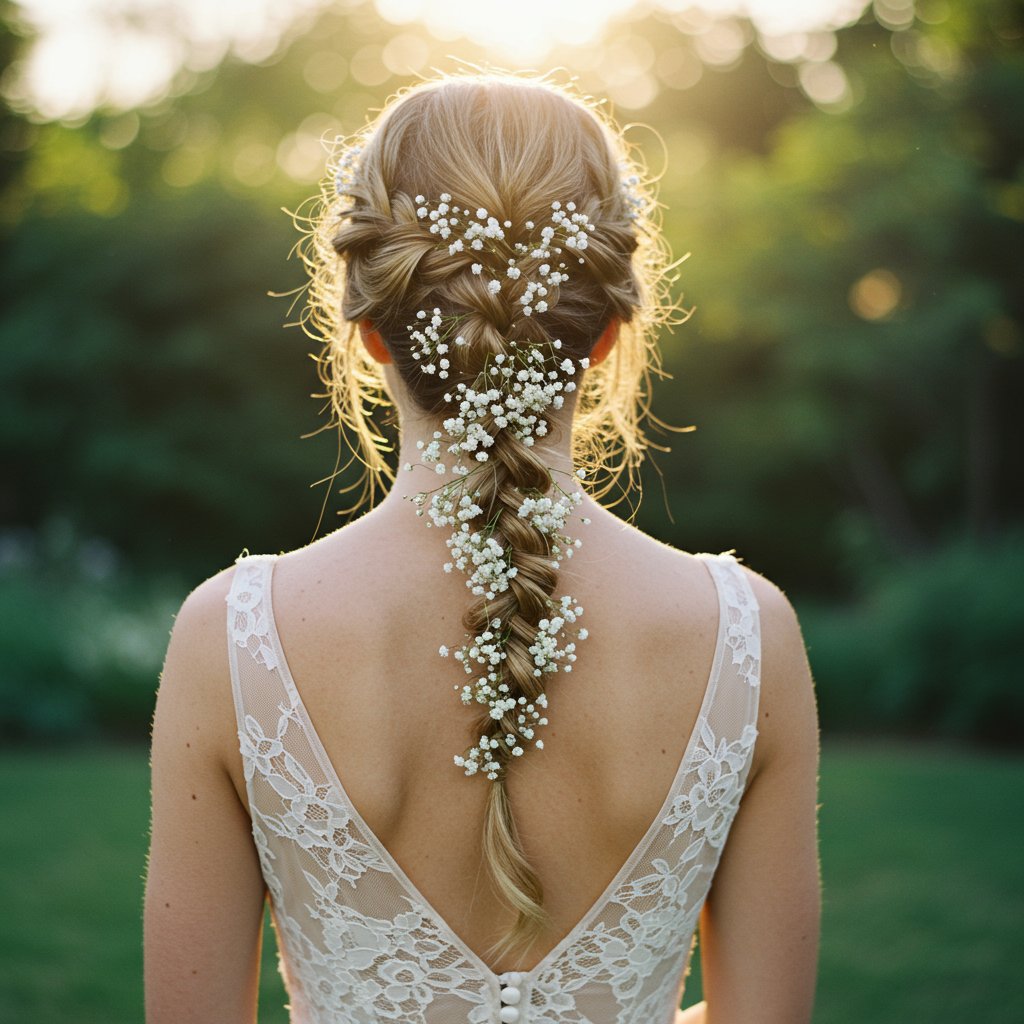
Crown Braid
As regal as its name suggests, the crown braid involves one or more braids wrapped around the head to form a halo or crown. This can be achieved with a single long braid (often a Dutch or French braid) that starts at one side and encircles the head, or with two braids pinned up and across the top. It’s a stunning way to keep hair off the neck and face while creating an unforgettable, elegant updo.Waterfall Braid
The waterfall braid is a modified French braid where one of the three strands is dropped after each weave, creating a cascading 'waterfall' effect with loose hair flowing through the braid. The braid itself typically runs horizontally across the head. This style is incredibly romantic and adds beautiful detail to otherwise loose hair, combining the structure of a braid with the softness of flowing locks.Milkmaid Braids
Charming and deceptively simple, milkmaid braids are created by parting the hair down the middle, creating two pigtail braids (Dutch or classic), and then lifting each braid up and over the top of the head, pinning them in place like a headband. The result is a sweet, rustic look that is both practical and stylish, perfect for adding a touch of vintage charm to any outfit.Modern & Edgy: Trendsetting Braided Hairstyles
Braids are constantly evolving, with stylists and trendsetters pushing the boundaries of creativity. These modern styles take classic techniques and infuse them with contemporary flair, resulting in looks that are bold, fresh, and guaranteed to turn heads. They often play with proportions, accessories, and placement to create a unique and edgy statement.
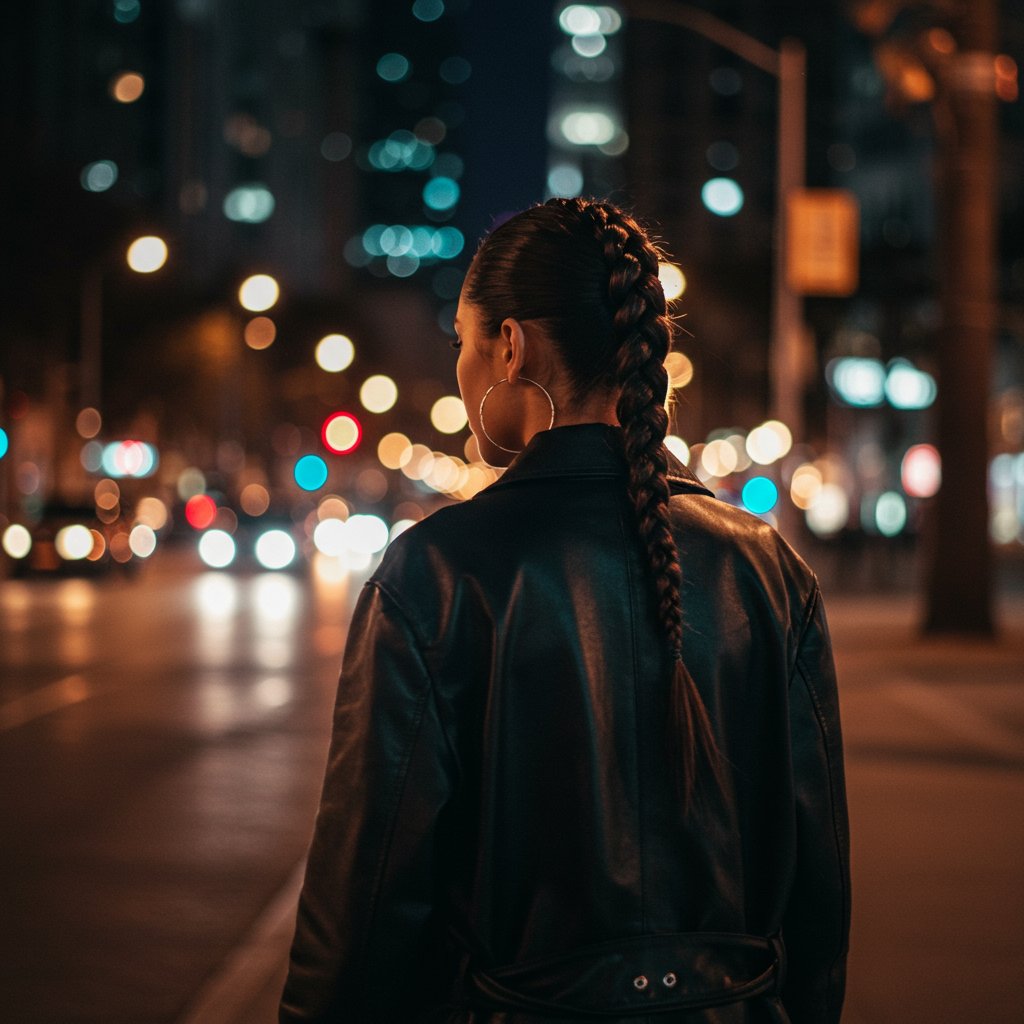
Fulani Braids (with Beads)
Inspired by the Fula people of West Africa, Fulani braids are characterized by a pattern of thin-to-medium cornrows braided from back to front, with one or two central braids running down the middle part. A key feature is the braids that frame the face, often looping from ear to ear or hanging down at the temples. Traditionally adorned with beads, cuffs, and shells, this style is a beautiful celebration of cultural heritage and modern style.Bubble Braids
A fun, playful alternative to a traditional plait, the bubble braid isn't technically a braid but achieves a similar look with much less effort. It involves securing a ponytail and then placing hair elastics every few inches down its length. After each elastic is secured, the section is gently pulled apart to create a round 'bubble' shape. It’s a quick, high-impact style that adds volume and personality.High Braided Ponytail
Sleek, powerful, and chic, the high braided ponytail combines the sharpness of a snatched ponytail with the texture of a long braid. The hair is first pulled into a tight, high ponytail, and the length is then braided into a single, often very long, plait (extensions are frequently used for dramatic effect). This style is a celebrity favorite for its clean lines and commanding presence.Intricate & Artistic: Master-Level Braids
For those who view hair as a canvas, these intricate and artistic braided hairstyles represent the pinnacle of a stylist's skill. They require precision, time, and a deep understanding of braiding techniques to achieve. These are true statement styles that showcase incredible craftsmanship and are perfect for making a bold and unforgettable impression. Visiting a professional hair salon with experienced braiders is highly recommended for these complex looks.
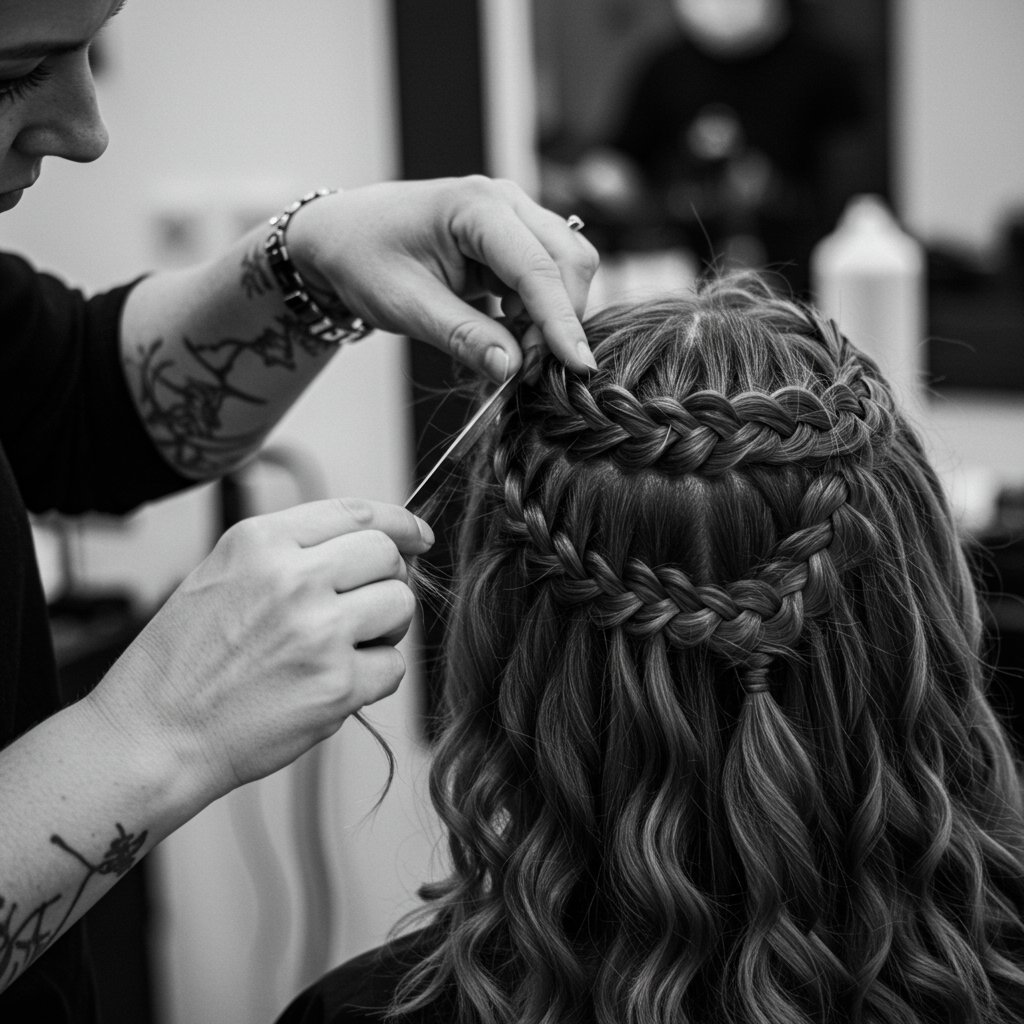
Goddess Braids
Goddess braids are essentially thicker, more pronounced cornrows. They are braided close to the scalp but are larger in size and raised higher, creating a bold, regal look. Often styled in elaborate updos or simple straight-back patterns, the defining characteristic is their substantial size and artistry. Sometimes, curly tendrils are left out for a softer, more bohemian vibe, a style often referred to as 'goddess box braids' when applied to that technique.Lemonade Braids
Popularized by Beyoncé's iconic look in her visual album Lemonade, these braids are a type of side-swept cornrow. The braids start from a deep side part and are braided all the way across the head, cascading down one shoulder. They can vary in size from small and intricate to large and bold, but the signature side-swept pattern is what defines the style.Knotless Braids
A modern evolution of traditional box braids, knotless braids offer a more natural, flatter look at the root. The technique involves starting the braid with the client’s natural hair and then gradually feeding in small amounts of extension hair. This 'feed-in' method eliminates the tight knot at the base, resulting in significantly less tension on the scalp, greater flexibility, and a more seamless appearance. They are praised for being lighter and more comfortable than their traditional counterparts.Braid Preparation and Maintenance: The Secret to Longevity
Achieving a stunning braided hairstyle is only half the battle; proper preparation and maintenance are crucial for protecting your natural hair and extending the life of your style. Neglecting this step can lead to breakage, scalp irritation, and braids that look fuzzy prematurely. Following a consistent routine will ensure your hair stays healthy and your braids remain beautiful from installation to takedown.
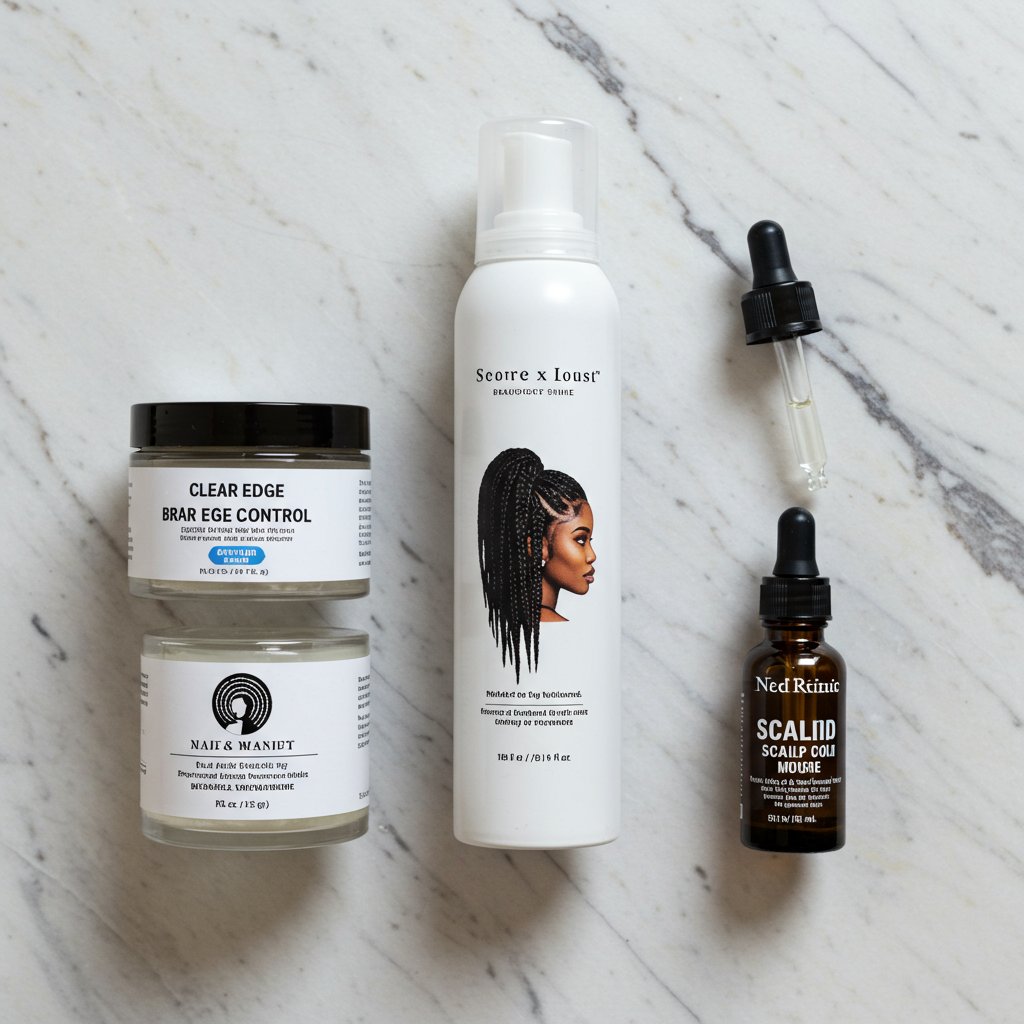
Preparing Your Hair for Braiding
Before your appointment, your hair should be thoroughly cleansed, conditioned, and detangled. A clarifying shampoo can remove any product buildup, allowing your scalp to breathe. Follow up with a deep conditioning treatment to infuse your strands with moisture, as they will be tucked away for several weeks. It's essential that your hair is completely dry before braiding to prevent mildew or fungus. Many stylists also recommend a light blow-dry to stretch the hair, which makes the parting and braiding process smoother.Nighttime Care and Takedown
To protect your braids while you sleep, wrapping them is non-negotiable. A silk or satin scarf, bonnet, or pillowcase is essential to prevent friction that can cause frizz and breakage. For long braids, you can gather them into a loose, high bun or ponytail on top of your head and then cover them. When it's time for takedown, be patient. Use a spray bottle with a mix of water and conditioner to give the hair slip, and gently unbraid each section. A rattail comb can help carefully undo any stubborn parts near the ends.Frequently Asked Questions About Braided Hairstyles
Even with a comprehensive guide, specific questions often arise. Here are answers to some of the most common queries about getting and maintaining braided hairstyles.
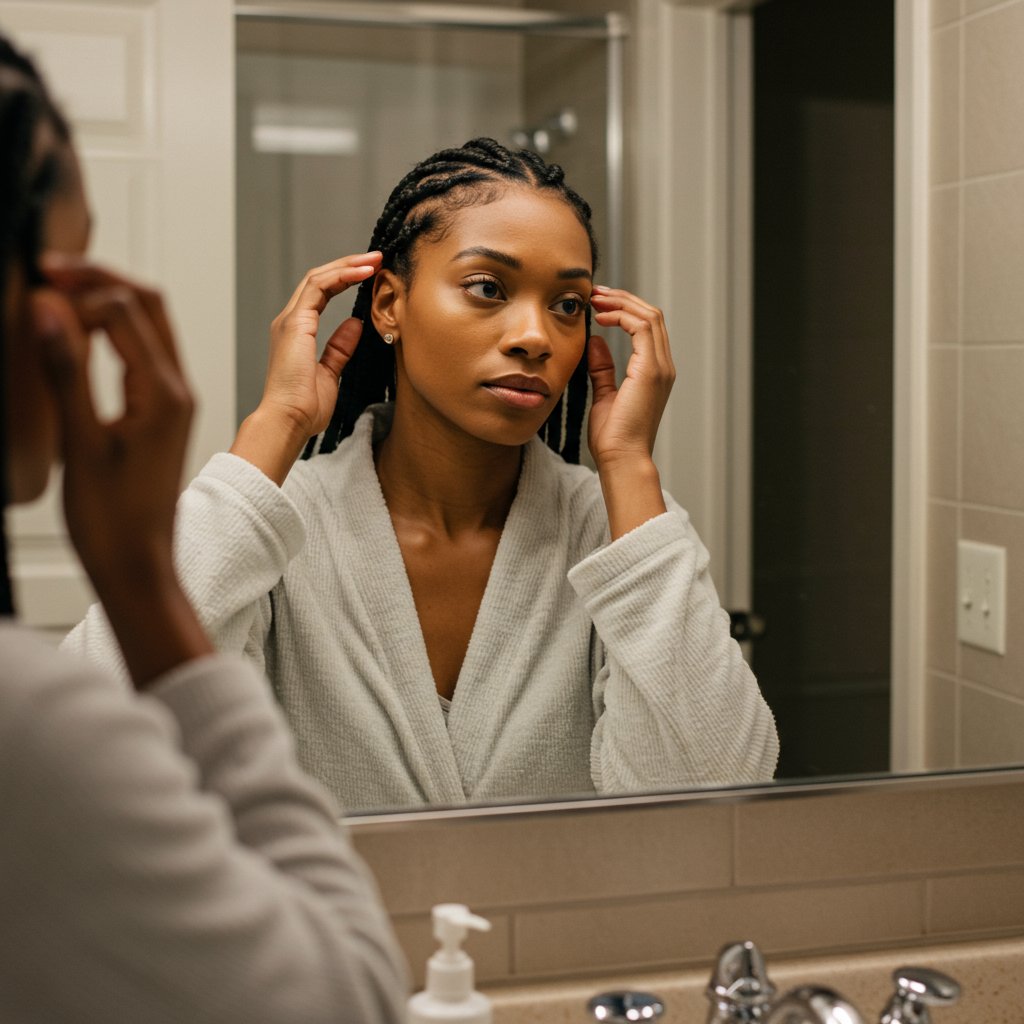
How long do braided hairstyles last?
This depends on the type of braid, your hair texture, and your maintenance routine. Smaller braids like box braids or twists can last from 4 to 8 weeks. Larger styles like goddess braids may last 2 to 4 weeks. It's generally not recommended to leave any protective style in for more than 8 weeks to prevent matting and buildup.Can braiding damage my hair?
Hair damage from braids, known as traction alopecia, is typically caused by tension. If braids are installed too tightly, they can pull on the hair follicles, leading to inflammation and hair loss, especially around the hairline. It's crucial to communicate with your stylist if you feel any pain or excessive pulling. When done correctly and not left in for too long, braids are a healthy way to protect hair.How do I wash my hair with braids in?
You should wash your braids every 2-3 weeks to keep your scalp clean. Dilute a sulfate-free shampoo with water in a nozzle-tip bottle and apply it directly to your scalp. Gently massage with the pads of your fingers (not nails) and let the suds run down the length of the braids. Rinse thoroughly and gently squeeze out excess water with a towel. Follow up with a light, leave-in conditioner spray.What's the difference between knotless and traditional box braids?
The primary difference is the installation method. Traditional box braids start with a small knot at the base where the extension hair is looped around the natural hair. Knotless braids start with your natural hair and the extension is fed in gradually. This makes knotless braids lighter, more flexible from day one, and puts less tension on the scalp.How can I relieve an itchy scalp with braids?
An itchy scalp is common, often due to dryness or product buildup. Avoid heavy greases that can clog pores. Instead, use a light scalp oil with tea tree or peppermint oil for their soothing properties. You can also use a braid spray or a cotton ball soaked in witch hazel to gently cleanse the scalp between washes. Never pat or hit your head, as this can cause frizz and damage your roots.Conclusion: Embrace the Art of the Braid
The world of braided hairstyles is vast, beautiful, and deeply personal. From the simple elegance of a fishtail plait to the protective power of knotless box braids, there is a style perfectly suited to express who you are while meeting your hair care needs. This guide has armed you with the knowledge of 20 distinct styles, empowering you to explore new looks with confidence.
Remember that the health of your natural hair is paramount. Always prioritize proper preparation, gentle installation, and diligent maintenance. Whether you choose to master these techniques yourself or entrust your hair to the skilled hands of a professional stylist, braids offer a unique opportunity for creative expression. Don't be afraid to experiment with color, length, and accessories to make your chosen style uniquely yours. Embrace the artistry, celebrate the heritage, and enjoy the unparalleled versatility of braids.

